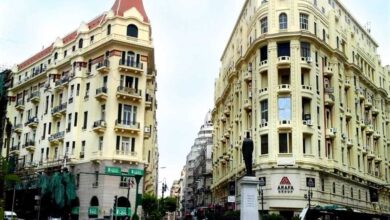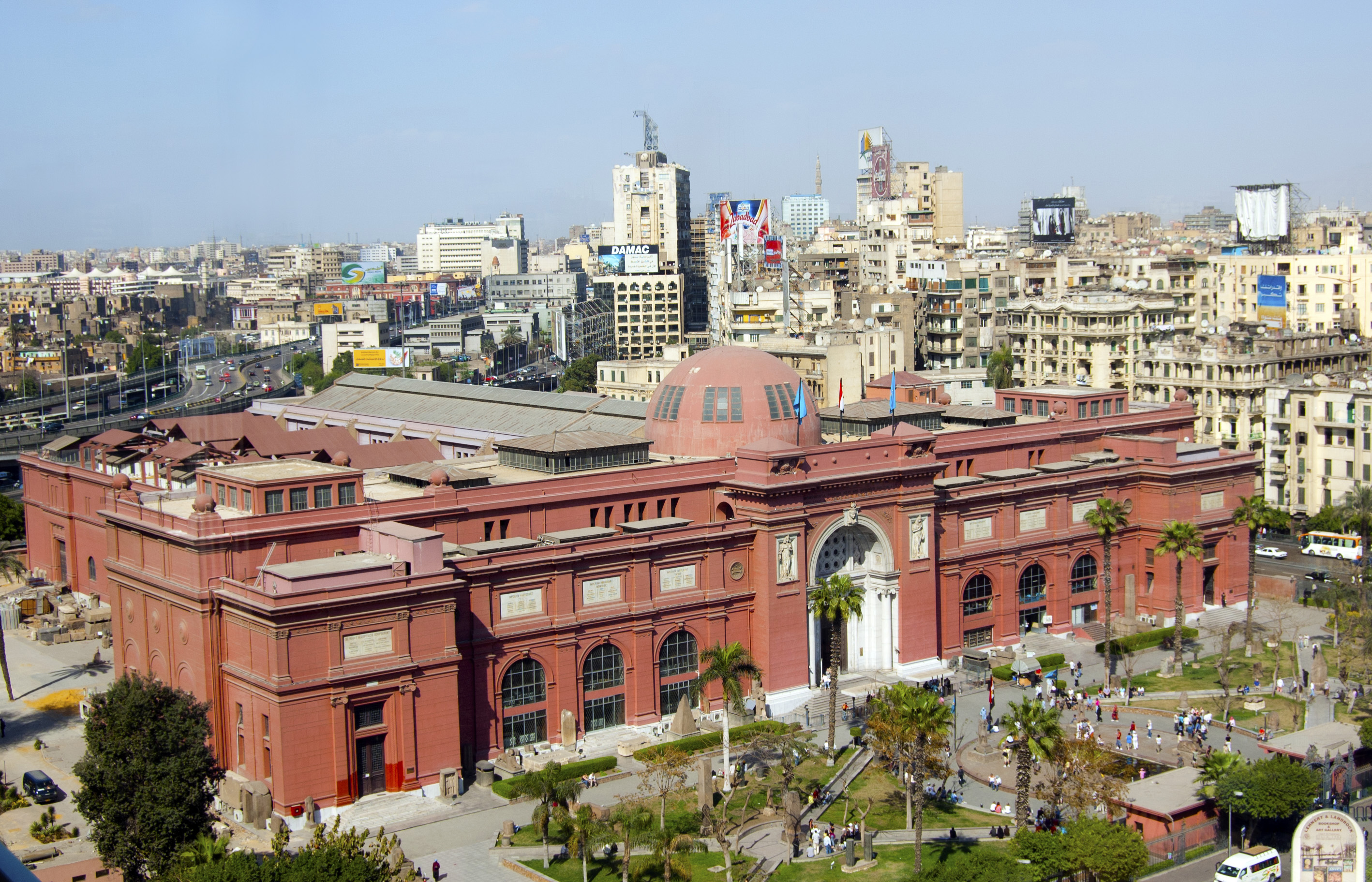The hysteria that now afflicts the American media with reference to the anti-US protests in the Arab and Muslim worlds is a spectacle unworthy of that purported bastion of free speech and a free press. The killing of US diplomatic personnel in Benghazi was unquestionably deplorable, as was the breach of the US Embassy’s walls in Cairo at the protests’ outset.
But, if ever there were a time for Egyptians to hold fast to peaceful protest as a political tool, it is now, after 60 years of a military dictatorship that stifled, and in large part forbade, the free expression of one’s political beliefs. And if ever there were a time for Americans to advocate for Egyptians’ right to express themselves freely and peacefully in the political sphere, it is now, after having so cynically supported the military dictatorship — and, by extension, the political suppression of Egyptians — for half of those 60 years.
Despite the dictatorship, peaceful protest has a long history in Egypt, as Mona El-Ghobashy has argued and the workers of Mahalla al-Kubra know firsthand. But to my mind, the urgency of peaceful protest in Egypt has only grown since the revolution.
After all, there is a new political culture in the making. It is now that precedents will be set for what is acceptable and unacceptable in Egyptian political life.
And so now is the time for Egyptians to refuse the elite-driven, ‘top-down’ approaches to governance through which they suffered during the dictatorship. Now is the time to make Egyptian politics a ‘bottom-up’ affair.
And that is exactly what we are witnessing. Far from the cameras of the American media, Egyptian teachers staged a sit-in at the Cabinet building, threatening a nationwide strike if their demands regarding corruption, working conditions and starting salaries were not met. Thousands of workers employed by Cairo’s Public Transport Authority are in the midst of a major strike action to demand better wages and benefits.
The Egyptian Social Democratic Party organized a human chain to make the case for a constitution that is inclusive. The organization Copts 38 has mounted repeated demonstrations against the Coptic Orthodox Church’s restrictions on divorce.
Perhaps most poignantly, the students of Nile University engaged in a peaceful act of civil disobedience, obstructing traffic into the Zewail City of Science and Technology, to demand the opportunity to continue their education.
These protests are exactly what Egypt needs at this critical juncture in its transition to a new politics. And I would venture to include among these the Salafis’ protests against the offensive anti-Islam video made in the US.
To my mind, the protests are, in an important way, not simply a means to an end, but an end in themselves, because they are shaping this new politics as the ‘bottom-up’ affair that I referenced above. Further, in the absence of a sitting elected parliament, the people are demonstrating to President Mohamed Morsy that he will be held accountable.
Unfortunately, there are those for whom this bottom-up politics remains anathema – those who are still mired in the dictatorship’s ways of politics. Witness the violent means employed to break up the Nile University students’ protest. Witness the violent language used by Freedom and Justice Party official Sabry Amer to describe the transport strike.
Arguably, the latter is more dangerous than the former, insofar as references to matalib fiawiya — factional or special-interest demands — are used to discredit protests as a distraction from the ‘national’ aspirations of the 25 January revolution. Nevermind that the protesters facing this attack are, to a great extent, simply fighting for the revolutionary aim of social justice, toward which Egypt has made so little progress. Nevermind that the protesters are simply engaging in the peaceful public discourse which likewise was the raison d’etre of the revolution.
But there is no better symbol of this insidious elite attitude to protest than the recently announced suggestions regarding the future of Tahrir Square. According to Local Development Minister Ahmed Zaki Abdeen, Tahrir will be partitioned into zones, including a zone designated for peaceful protest and located in such a way as to avoid interfering with traffic. Prime Minister Hesham Qandil later added that his Cabinet’s ultimate aim was to transform Tahrir into a tourist attraction.
These landscaping plans are redolent of an effort to control and contain protest rather than promote it — and they should concern all those who struggled in Tahrir against the dictatorship last year. Tahrir is hallowed ground and must remain so. And the greatest tribute to those who lost their lives there is to sustain the spirit of protest — uncontrolled, uncontained, peaceful political dialogue, open to all.
Paul Sedra is an associate professor of history at Simon Fraser University in British Columbia, Canada.
This article was originally published in Egypt Independent's weekly print edition.




